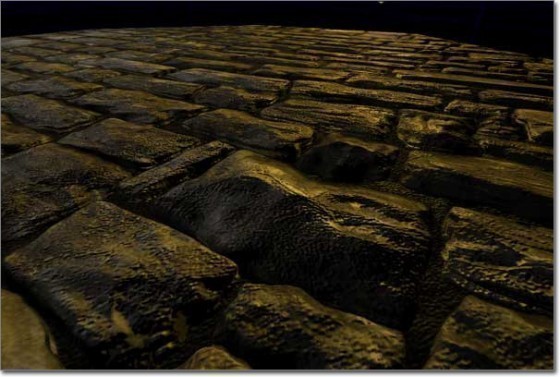Bump Mapping
Bump mapping is a graphics technique that is similar to texture mapping. Its primary purpose is to make a surface appear rough, while texture mapping adds color to a visual polygon. Bump mapping adds significant detail to an object that would normally require many polygons to create a similar visual effect. It uses a minimal amount of computer resources to render the object visually. Bump maps are sometimes referred to as texture maps that are depicting light direction on the image.
How does Bump Mapping Work?
The bump mapping technique makes the surface of a polygon appear more realistic in computer graphics. The pixels’ brightness on the polygon’s surface is changed based on a height map for each object’s surface. This map is created during the rendering of a 3D graphics scene based on the interaction between the defined lights and 3D (visible) object in the scene. The underlying bump mapping algorithm uses the defined light sources in a given scene and trigonometry to calculate the geometric surface as a vector at each pixel position on the visible portions of 3D objects in the scene. This calculation then defines how much the object interacts with the light source by using a light or Phong shading technique. The end result is a 3D surface that appears to have real depth.
What are the Limitations of Bump Mapping?
The bump mapping technique has a few limitations. It only changes the surface normals of the pixels on visible polygons and does not make changes to the object’s surface. As a result, shadows and silhouettes in a scene are not changed and require displacement mapping in areas of the scene where bump mapping was applied. The largest hurdle to effective bump mapping is the amount of computer resources available for the rendering of the 3D scene. The technique can prove more limiting for real-time 3D uses (such as video games) if pre-rendering calculations are not performed in order to allow multi-pass rendering.
Real-time Bump Mapping Techniques
In order to provide the highest quality 3D scene, a low quality, fast bump mapping technique is required. A common way to do this is to use texel index alteration instead of true surface normal manipulation. Another common method for real-time bump mapping is the emboss technique. This method uses texture maps to create bump mapping effects in a scene without having to render the effect. The emboss method shifts an object’s texture image to the area where the effect is required, darkens the area underneath, and then blends the two textures together. This is commonly referred to as two pass bump mapping.


Comments - No Responses to “Bump Mapping”
Sorry but comments are closed at this time.